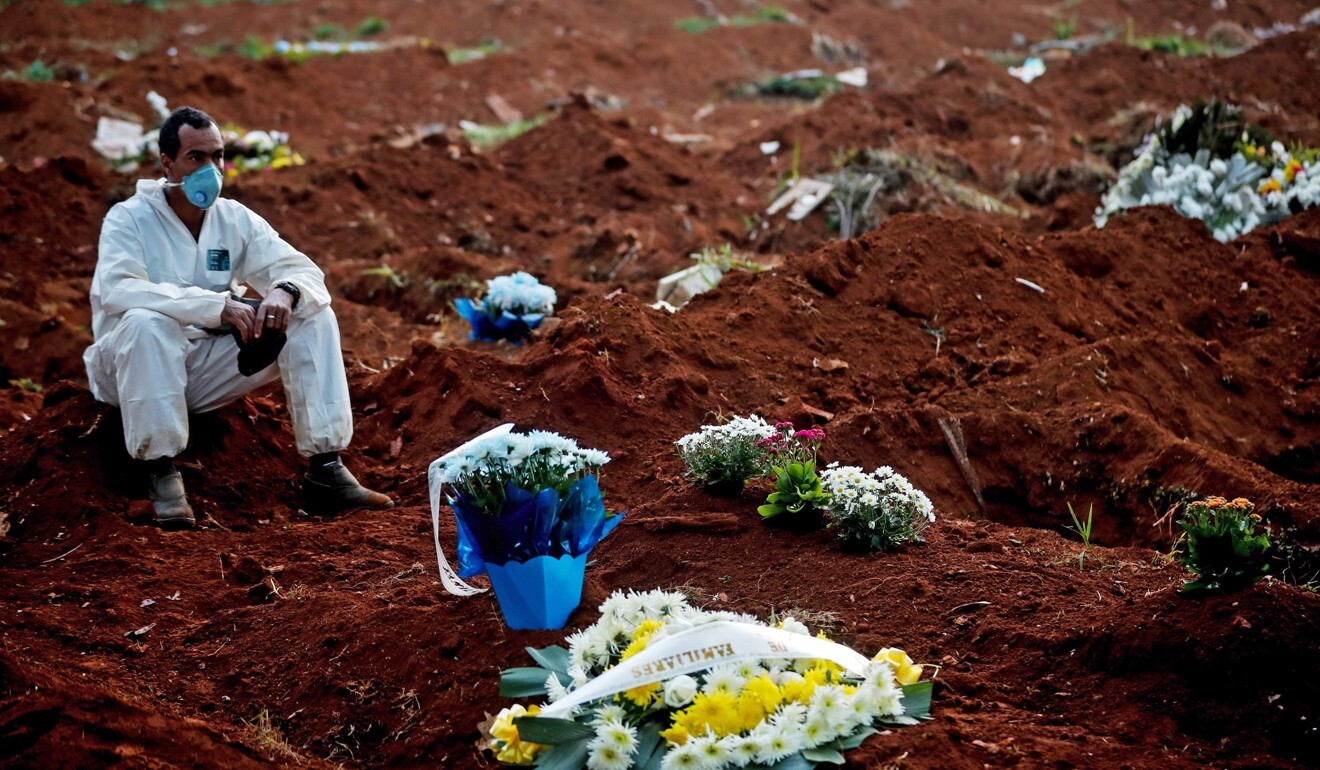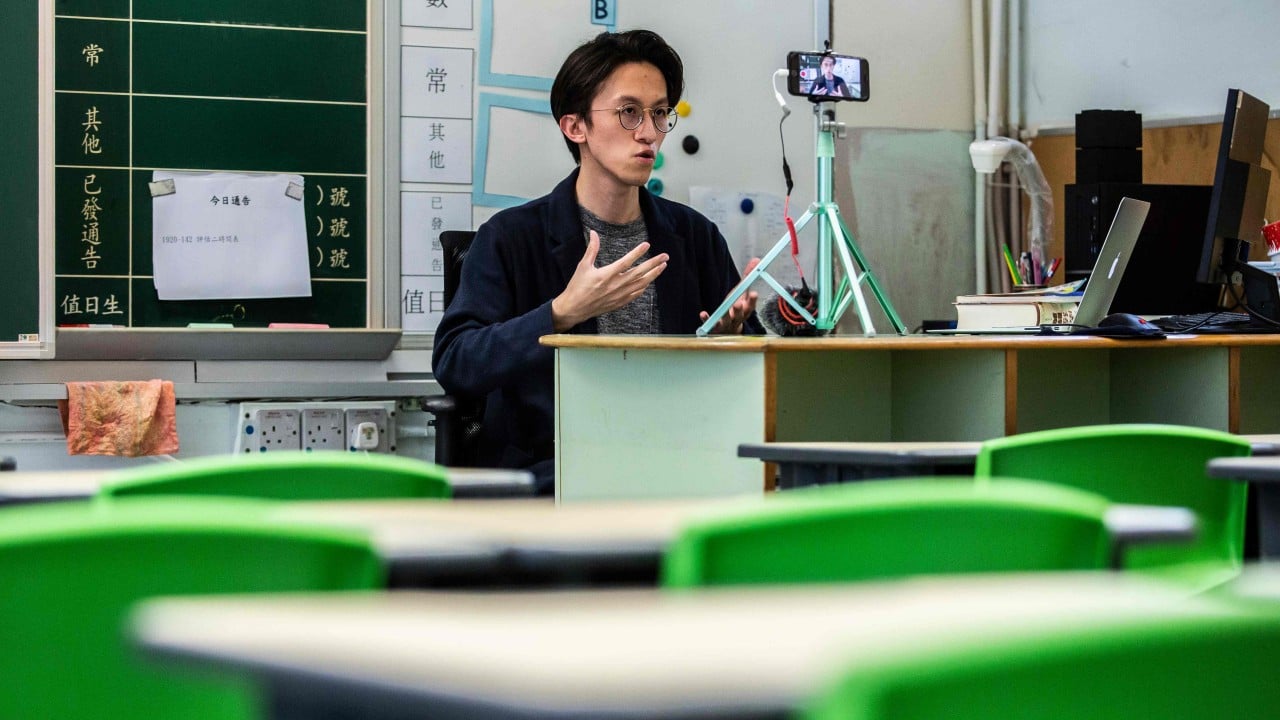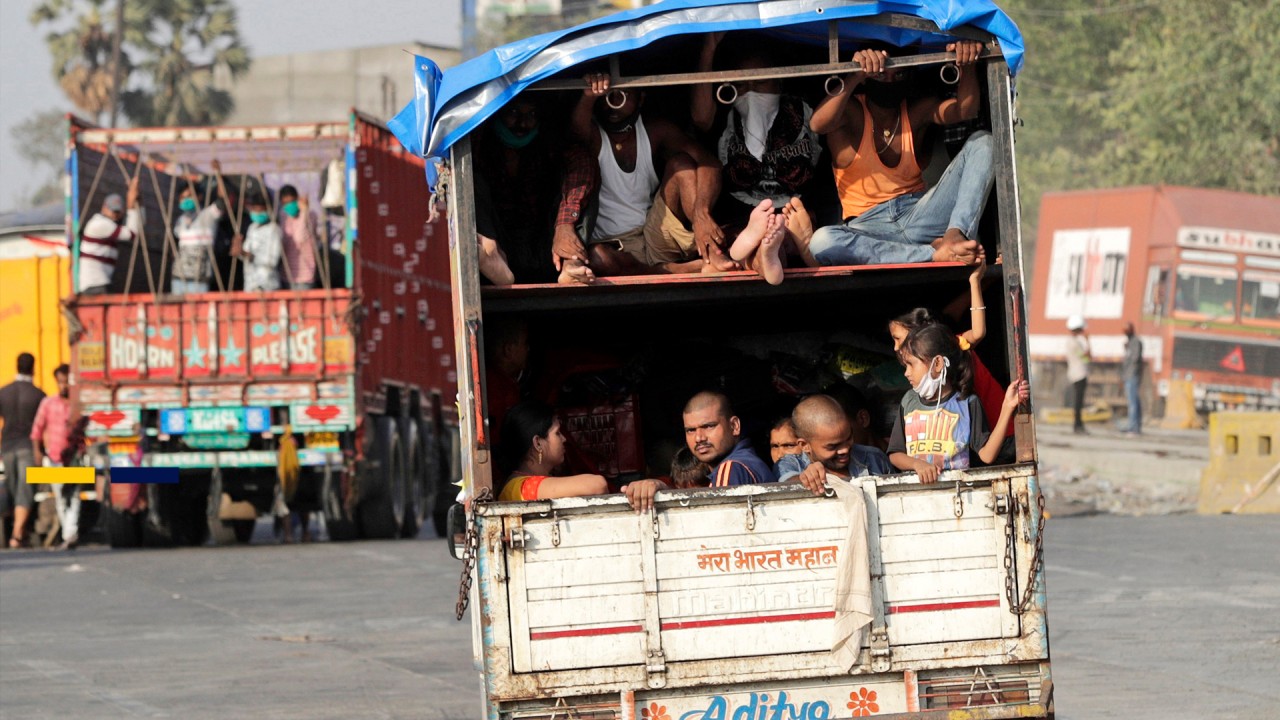
As we emerge from the coronavirus pandemic, the world must invest in digital infrastructure as well as health care
- The shift to online activities due to the pandemic has only amplified the digital divide
- The gap between the haves and the have-nots will only increase unless the developing world is supported in boosting digital infrastructure
With the force of a whirlwind, Covid-19 has visited its wrath on many countries, inflicting considerable damage – visible and invisible, physical and psychological.
While many governments around the world have started to ease restrictions put in place to flatten the curve of Covid-19 cases and contain the spread of the virus, millions of people are emerging from lockdown into a world that is much changed.
Many people naturally yearn to get back to normal, but normal is not good enough for many citizens in developing economies. Our ambition must be to build a better post-crisis society.

Asia’s senior citizens will nearly double from around 400 million to 800 million in 20 years’ time. Health care infrastructure will be needed to keep citizens active and productive.
With such unequal levels of access, the scars of economic dislocation also fall unequally, with the poor bearing the greatest brunt. The key lesson here is that broadband penetration needs more investment from the development and private sectors to close this connectivity gap.

01:38
Low-income Hong Kong students struggle as coronavirus forces classes online
After one of the Asian Infrastructure Investment Bank’s investments in Bangladesh, a woman was able to use a smartphone to video-call her husband, a migrant worker in Oman, every day. Think about the fundamental change access to this technology has had on their lives.
That particular project was about access to electricity for rural households, but the impact reminds me of what many people are facing today.
How Asean can make its dreams of digital integration come true
Wealthier countries have the digital infrastructure in place to allow many people to almost seamlessly move their work from the office to home. For people on lower incomes, this digital divide has only become amplified in the current environment.

How women in the workforce can fuel post-Covid growth in Asia
During this pandemic, access to the internet has facilitated better sharing of information and connection to the community. It has enabled billions to continue living and working with minimal disruption. For those without reliable access to the internet, these important activities have all but ground to a halt, limiting their ability to secure any income, procure necessary provisions and continue their schooling.
The need for investment in digital infrastructure has never been so glaring and must be prioritised by the development community. The digital divide will only further exacerbate the gap between the haves and the have-nots as our world moves increasingly online.

03:35
Coronavirus: India’s migrant workers desperate to return home after lockdown
Before the outbreak of Covid-19, the Asian Infrastructure Investment Bank had already provided support to some countries to improve their broadband and other areas of digital infrastructure. Much remains to be done.
The AIIB and its partners are looking to offer solutions to the bottlenecks in digital infrastructure investment, such as longer loan and project bond maturities and appropriate financing instruments that help countries and firms manage their balance sheets even as they undertake these long-term investments.
We are a global community. Only through international cooperation and investment in key sectors can we be ready for the next crisis. Prioritising investment in health care right now is correct and understandable, but we must not lose sight of the longer-term objectives of an inclusive and sustainable world.
Digital technology has the power to transform the global economy and can be a great enabler of the economic recovery we desperately need. Given its potential impact and the role it will play in the future, I see a clear need to prioritise digital infrastructure coming out of this pandemic.
Jin Liqun is president of the Asian Infrastructure Investment Bank
Help us understand what you are interested in so that we can improve SCMP and provide a better experience for you. We would like to invite you to take this five-minute survey on how you engage with SCMP and the news.

